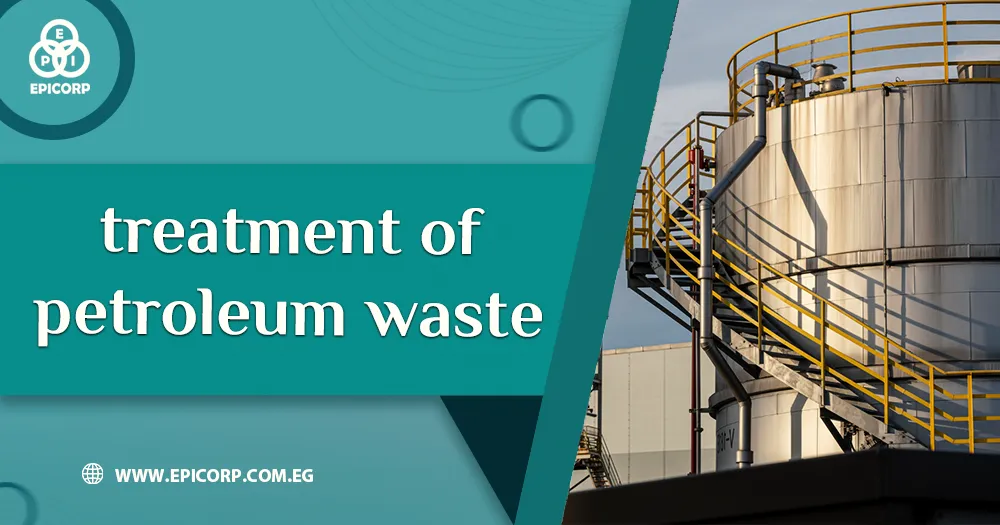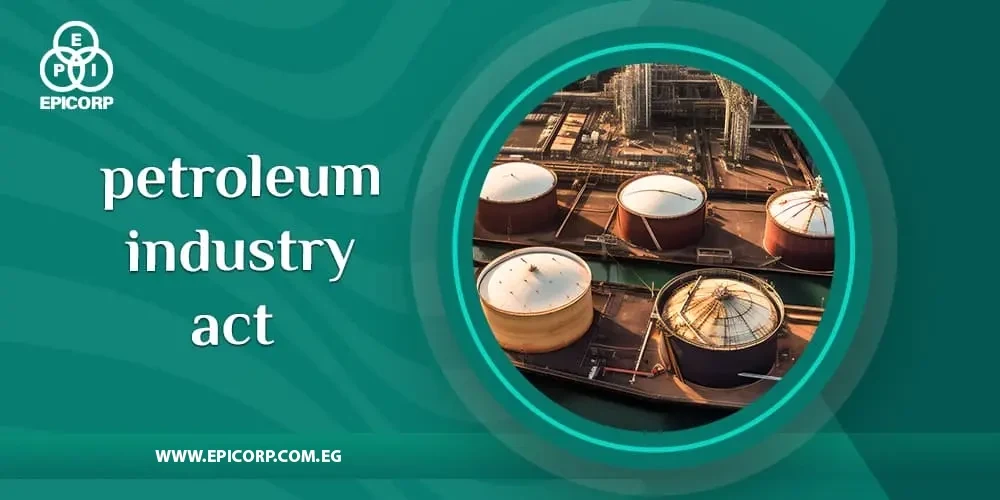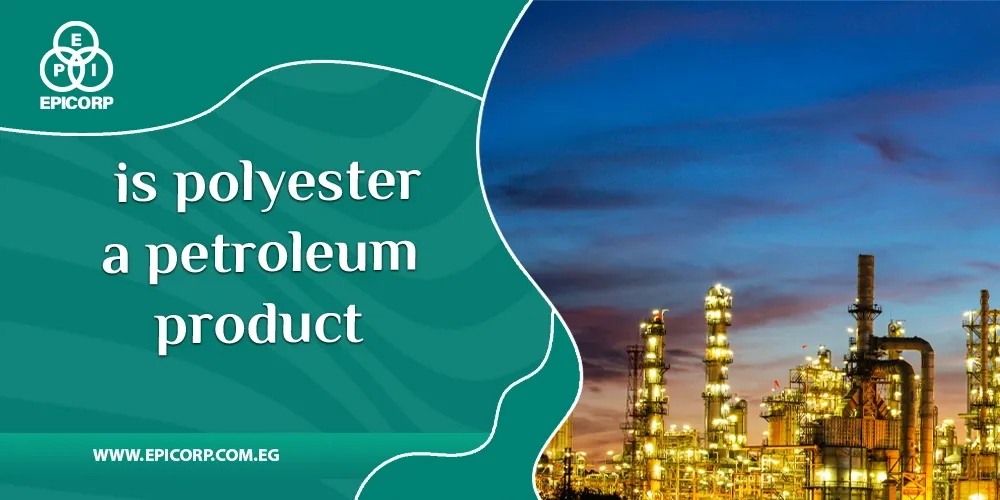The treatment of petroleum waste is a critical aspect of environmental stewardship and sustainability within the oil and gas industry. Petroleum waste encompasses various byproducts and residues generated during the extraction, refining, transportation, and utilization of crude oil and its derivatives. These wastes can include drilling muds, produced water, refinery sludges, and contaminated soil and groundwater.
Effective treatment of petroleum waste involves a range of techniques aimed at minimizing environmental impact and ensuring compliance with regulatory standards. Common treatment methods include physical separation, chemical treatment, biological remediation, and thermal processes.
Table of Contents
ToggleHow is petroleum wasted?
Petroleum can be wasted through various processes and activities throughout its lifecycle, including extraction, refining, transportation, and consumption. Here are some common ways for treatment of petroleum waste:
1. Leakage and spills:
Accidental leaks and spills during drilling, transportation, or storage can result in the loss of petroleum, These incidents can occur due to equipment failure, human error, or natural disasters, leading to environmental contamination and ecosystem damage.
2. Flaring:
Flaring, the controlled burning of natural gas that accompanies the extraction of crude oil, is a common practice in treatment of petroleum waste, While flaring is often necessary for safety and operational reasons, it results in the wasteful combustion of valuable hydrocarbons, releasing greenhouse gasses and other pollutants into the atmosphere.
3. Unconventional extraction techniques:
Unconventional extraction methods, such as hydraulic fracturing (fracking) and tar sands mining, can result in higher rates of petroleum wastage compared to conventional extraction methods, These techniques often require significant amounts of water and energy, and they produce large volumes of waste fluids and byproducts.
4. Incomplete combustion:
Inefficient combustion of petroleum-based fuels in vehicles, power plants, and industrial processes can lead to wasted energy and increased emissions of air pollutants, such as carbon monoxide, nitrogen oxides, and particulate matter.
5. Obsolete infrastructure:
Aging or poorly maintained infrastructure, such as pipelines, storage tanks, and refineries, can contribute to petroleum wastage through leaks, corrosion, and operational inefficiencies.
Read also: Petroleum Industry Definition.
Treatment of petroleum waste
Treatment of petroleum waste involves a range of processes aimed at minimizing environmental harm and maximizing resource recovery. Initially, physical methods like separation of oil, water, and solids are employed. Bioremediation utilizes microorganisms to break down hydrocarbons, while chemical treatments can oxidize or neutralize pollutants.
Thermal methods, such as incineration, can also be used. Solidification/stabilization encapsulates hazardous components, and recycling extracts recoverable materials like oil and metals. Disposal in engineered landfills is a last resort.
Get to know: What Is Petroleum Energy
What is the treatment of petrochemical waste?
The treatment of petroleum waste involves various processes aimed at minimizing environmental impact and ensuring compliance with regulatory standards. Petrochemical waste includes byproducts and residues generated during the production, transportation, and utilization of petrochemicals, such as plastics, solvents, and synthetic fibers.
treatment of petroleum waste methods typically include physical, chemical, biological, and thermal processes. Physical treatments involve separation techniques, such as filtration and centrifugation, to remove solid and liquid contaminants from the waste stream.
Chemical treatments utilize reagents to break down or neutralize hazardous compounds present in the waste. Biological treatments harness the activity of microorganisms to degrade organic pollutants, while thermal processes involve the application of heat to volatilize, incinerate, or thermally degrade waste materials.
Read also: Oil Refinery Waste Products.
What are the processes involved in petroleum waste treatment?
The treatment of petroleum waste involves several processes designed to minimize environmental impact and ensure regulatory compliance. These processes typically include physical, chemical, biological, and thermal techniques.
1. Physical separation:
Physical separation methods such as filtration, centrifugation, and sedimentation are used to remove solid particles, oil droplets, and other contaminants from the waste stream. These processes help separate different phases of the waste, making it easier to treat and dispose of.
2. Chemical treatment:
Chemical treatment involves the use of reagents to chemically alter or neutralize pollutants present in the waste, Processes like oxidation, precipitation, and pH adjustment can help break down organic compounds, remove heavy metals, and reduce the toxicity of the waste.
3. Biological remediation:
Biological treatment of petroleum waste harnesses the metabolic activity of microorganisms to degrade organic pollutants in the waste.
Techniques such as bioremediation and bioaugmentation can be used to enhance the natural degradation processes, converting complex hydrocarbons into simpler, less harmful substances.
4. Thermal processes:
Thermal treatment methods utilize heat to volatilize, incinerate, or thermally degrade waste materials, Techniques like thermal desorption, pyrolysis, and incineration can effectively destroy organic contaminants and reduce the volume of waste for disposal.
Here’s: Solid Waste Management In Petroleum Refineries.
What are the methods of treating petroleum products?
The treatment of petroleum waste involves various methods aimed at refining crude oil into usable fuels and other valuable products. These methods typically occur within oil refineries and include:
1. Distillation:
Crude oil is heated in a distillation tower, and its components are separated based on their boiling points.
This process yields fractions such as gasoline, diesel, kerosene, and heavier products like lubricating oils and asphalt.
2. Cracking:
Cracking breaks down larger hydrocarbon molecules into smaller ones to increase the yield of high-demand products like gasoline and diesel.
This can be achieved through thermal cracking, catalytic cracking, or hydrocracking processes.
3. Hydrotreating:
Hydrotreating involves the use of hydrogen under high pressure and temperature to remove sulfur, nitrogen.
And other impurities from petroleum products. This helps improve product quality and meets environmental regulations.
Read also: Petroleum Refinery In Modern Times.
4. Catalytic reforming:
Catalytic reforming converts low-octane hydrocarbons into high-octane gasoline components by rearranging their molecular structures.
This process enhances the octane rating of gasoline and increases its performance in engines.
5. Desulfurization:
Desulfurization reduces the sulfur content of petroleum products to meet environmental standards and improve air quality, Methods include hydrodesulfurization, which uses hydrogen to remove sulfur compounds, and adsorptive desulfurization using solid sorbents.
6. Isomerization:
Isomerization rearranges the molecular structure of hydrocarbons to produce isomers with higher octane ratings. This process is commonly used to improve the quality of gasoline.
Conclusion
In conclusion, the treatment of petroleum waste is an indispensable component of environmental protection and sustainability efforts within the oil and gas industry. By employing a variety of advanced techniques and technologies, such as physical separation, chemical treatment, biological remediation, and thermal processes, EPICORP can effectively mitigate the environmental impact of petroleum waste and safeguard ecosystems and communities from contamination.
Furthermore, treatment of petroleum waste not only helps to ensure regulatory compliance but also presents opportunities for resource recovery and reuse, contributing to a more circular and sustainable economy. Continued research and innovation in treatment of petroleum waste technologies are essential to further improve efficiency, effectiveness, and cost-effectiveness in managing petroleum waste.
FAQ
What are the stages of waste treatment?
The stages of treatment of petroleum waste involve a series of processes aimed at minimizing environmental impact and ensuring safe handling and disposal of waste materials. These stages typically include collection, segregation and sorting, pre-treatment, primary treatment, secondary treatment, and disposal or reuse.
What is the primary treatment of petroleum recovery?
The primary treatment of petroleum waste recovery involves the initial phase of extracting crude oil from underground reservoirs. This process typically includes drilling wells and utilizing techniques such as natural pressure or artificial methods like water or gas injection to bring the oil to the surface.



